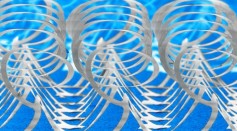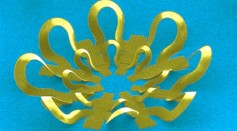3D printing

New Pop-Up 3D Structures Mimic Neural Circuitry

Pop-Up Printing Techniques in the Age of 3D Printing
Most Popular

How Technology Is Changing the Real Estate Industry?

How a Plant-Based Diet Can Protect Against Breast Cancer: Insights from Nutrition Research

Study Reveals High Turnover in Scientific Research Careers: What This Means for Future Scientists

Nikolay Karpenko Biography, Photo, Career, Accomplishments





